Alberto Gotta
Handover and SINR-Aware Path Optimization in 5G-UAV mmWave Communication using DRL
Apr 03, 2025Abstract:Path planning and optimization for unmanned aerial vehicles (UAVs)-assisted next-generation wireless networks is critical for mobility management and ensuring UAV safety and ubiquitous connectivity, especially in dense urban environments with street canyons and tall buildings. Traditional statistical and model-based techniques have been successfully used for path optimization in communication networks. However, when dynamic channel propagation characteristics such as line-of-sight (LOS), interference, handover, and signal-to-interference and noise ratio (SINR) are included in path optimization, statistical and model-based path planning solutions become obsolete since they cannot adapt to the dynamic and time-varying wireless channels, especially in the mmWave bands. In this paper, we propose a novel model-free actor-critic deep reinforcement learning (AC-DRL) framework for path optimization in UAV-assisted 5G mmWave wireless networks, which combines four important aspects of UAV communication: \textit{flight time, handover, connectivity and SINR}. We train an AC-RL agent that enables a UAV connected to a gNB to determine the optimal path to a desired destination in the shortest possible time with minimal gNB handover, while maintaining connectivity and the highest possible SINR. We train our model with data from a powerful ray tracing tool called Wireless InSite, which uses 3D images of the propagation environment and provides data that closely resembles the real propagation environment. The simulation results show that our system has superior performance in tracking high SINR compared to other selected RL algorithms.
A Federated Channel Modeling System using Generative Neural Networks
May 30, 2023Abstract:The paper proposes a data-driven approach to air-to-ground channel estimation in a millimeter-wave wireless network on an unmanned aerial vehicle. Unlike traditional centralized learning methods that are specific to certain geographical areas and inappropriate for others, we propose a generalized model that uses Federated Learning (FL) for channel estimation and can predict the air-to-ground path loss between a low-altitude platform and a terrestrial terminal. To this end, our proposed FL-based Generative Adversarial Network (FL-GAN) is designed to function as a generative data model that can learn different types of data distributions and generate realistic patterns from the same distributions without requiring prior data analysis before the training phase. To evaluate the effectiveness of the proposed model, we evaluate its performance using Kullback-Leibler divergence (KL), and Wasserstein distance between the synthetic data distribution generated by the model and the actual data distribution. We also compare the proposed technique with other generative models, such as FL-Variational Autoencoder (FL-VAE) and stand-alone VAE and GAN models. The results of the study show that the synthetic data generated by FL-GAN has the highest similarity in distribution with the real data. This shows the effectiveness of the proposed approach in generating data-driven channel models that can be used in different regions
How Generative Models Improve LOS Estimation in 6G Non-Terrestrial Networks
May 30, 2023



Abstract:With the advent of 5G and the anticipated arrival of 6G, there has been a growing research interest in combining mobile networks with Non-Terrestrial Network platforms such as low earth orbit satellites and Geosynchronous Equatorial Orbit satellites to provide broader coverage for a wide range of applications. However, integrating these platforms is challenging because Line-Of-Sight (LOS) estimation is required for both inter satellite and satellite-to-terrestrial segment links. Machine Learning (ML) techniques have shown promise in channel modeling and LOS estimation, but they require large datasets for model training, which can be difficult to obtain. In addition, network operators may be reluctant to disclose their network data due to privacy concerns. Therefore, alternative data collection techniques are needed. In this paper, a framework is proposed that uses generative models to generate synthetic data for LOS estimation in non-terrestrial 6G networks. Specifically, the authors show that generative models can be trained with a small available dataset to generate large datasets that can be used to train ML models for LOS estimation. Furthermore, since the generated synthetic data does not contain identifying information of the original dataset, it can be made publicly available without violating privacy
Federated Semi-Supervised Classification of Multimedia Flows for 3D Networks
May 01, 2022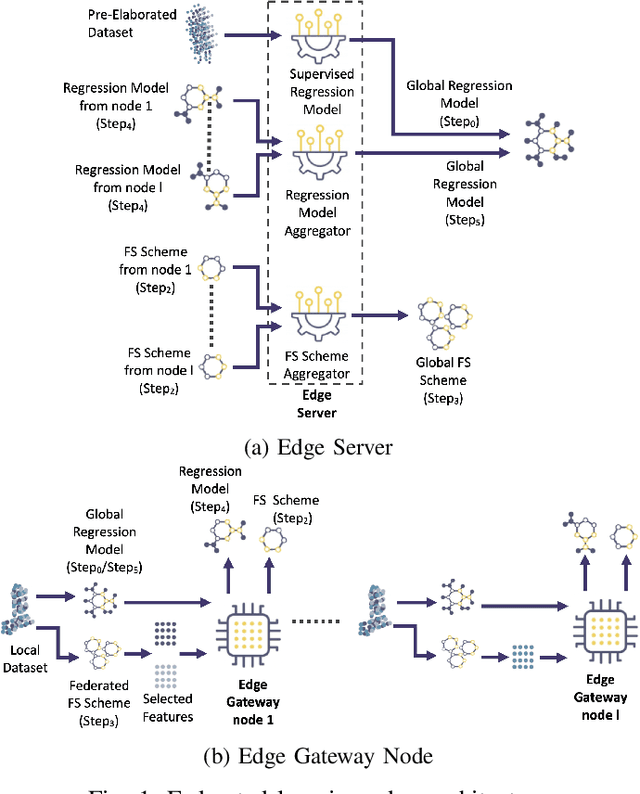

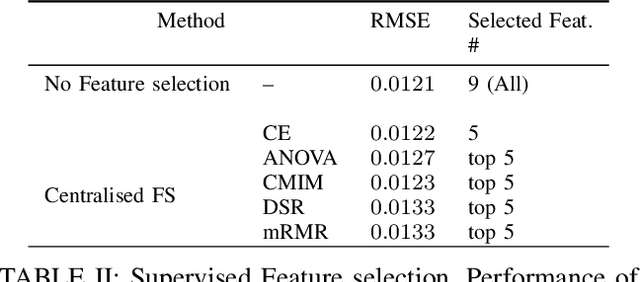

Abstract:Automatic traffic classification is increasingly becoming important in traffic engineering, as the current trend of encrypting transport information (e.g., behind HTTP-encrypted tunnels) prevents intermediate nodes from accessing end-to-end packet headers. However, this information is crucial for traffic shaping, network slicing, and Quality of Service (QoS) management, for preventing network intrusion, and for anomaly detection. 3D networks offer multiple routes that can guarantee different levels of QoS. Therefore, service classification and separation are essential to guarantee the required QoS level to each traffic sub-flow through the appropriate network trunk. In this paper, a federated feature selection and feature reduction learning scheme is proposed to classify network traffic in a semi-supervised cooperative manner. The federated gateways of 3D network help to enhance the global knowledge of network traffic to improve the accuracy of anomaly and intrusion detection and service identification of a new traffic flow.
Actor-Critic Scheduling for Path-Aware Air-to-Ground Multipath Multimedia Delivery
Apr 28, 2022



Abstract:Reinforcement Learning (RL) has recently found wide applications in network traffic management and control because some of its variants do not require prior knowledge of network models. In this paper, we present a novel scheduler for real-time multimedia delivery in multipath systems based on an Actor-Critic (AC) RL algorithm. We focus on a challenging scenario of real-time video streaming from an Unmanned Aerial Vehicle (UAV) using multiple wireless paths. The scheduler acting as an RL agent learns in real-time the optimal policy for path selection, path rate allocation and redundancy estimation for flow protection. The scheduler, implemented as a module of the GStreamer framework, can be used in real or simulated settings. The simulation results show that our scheduler can target a very low loss rate at the receiver by dynamically adapting in real-time the scheduling policy to the path conditions without performing training or relying on prior knowledge of network channel models.
AI-as-a-Service Toolkit for Human-Centered Intelligence in Autonomous Driving
Feb 09, 2022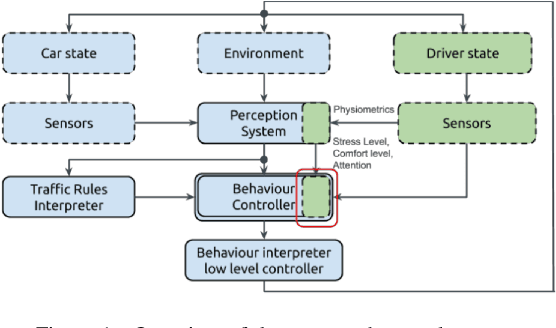
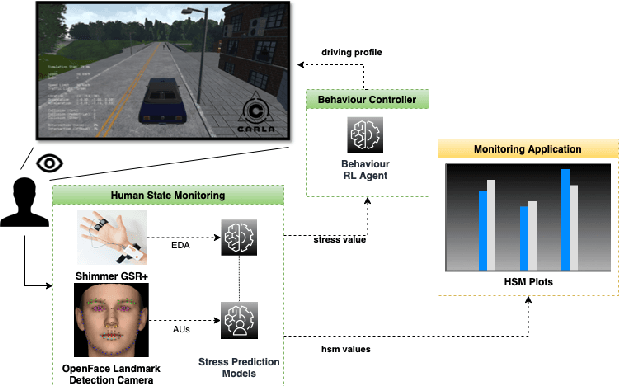
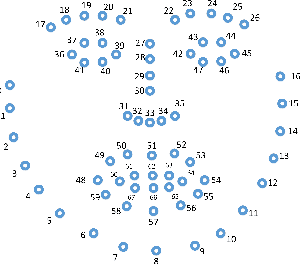
Abstract:This paper presents a proof-of-concept implementation of the AI-as-a-Service toolkit developed within the H2020 TEACHING project and designed to implement an autonomous driving personalization system according to the output of an automatic driver's stress recognition algorithm, both of them realizing a Cyber-Physical System of Systems. In addition, we implemented a data-gathering subsystem to collect data from different sensors, i.e., wearables and cameras, to automatize stress recognition. The system was attached for testing to a driving simulation software, CARLA, which allows testing the approach's feasibility with minimum cost and without putting at risk drivers and passengers. At the core of the relative subsystems, different learning algorithms were implemented using Deep Neural Networks, Recurrent Neural Networks, and Reinforcement Learning.
Federated Feature Selection for Cyber-Physical Systems of Systems
Sep 23, 2021



Abstract:Autonomous systems generate a huge amount of multimodal data that are collected and processed on the Edge, in order to enable AI-based services. The collected datasets are pre-processed in order to extract informative attributes, called features, which are used to feed AI algorithms. Due to the limited computational and communication resources of some CPS, like autonomous vehicles, selecting the subset of relevant features from a dataset is of the utmost importance, in order to improve the result achieved by learning methods and to reduce computation and communication costs. Precisely, feature selection is the candidate approach, which assumes that data contain a certain number of redundant or irrelevant attributes that can be eliminated. The quality of our methods is confirmed by the promising results achieved on two different data sets. In this work, we propose, for the first time, a federated feature selection method suitable for being executed in a distributed manner. Precisely, our results show that a fleet of autonomous vehicles finds a consensus on the optimal set of features that they exploit to reduce data transmission up to 99% with negligible information loss.
TEACHING -- Trustworthy autonomous cyber-physical applications through human-centred intelligence
Jul 14, 2021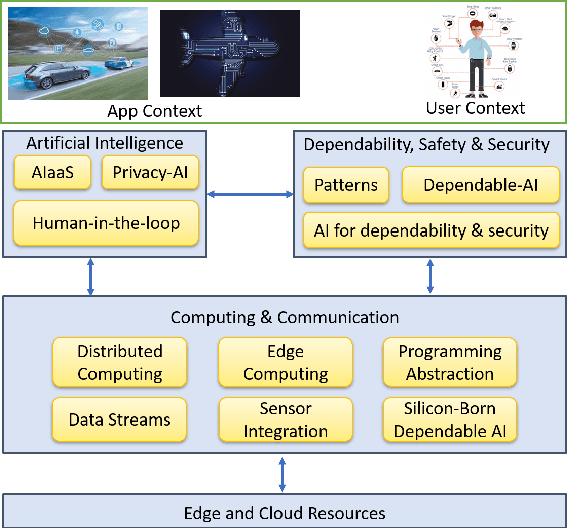
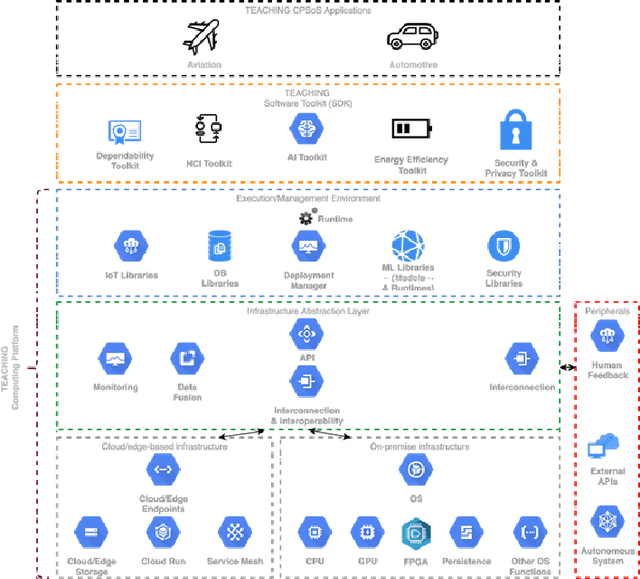
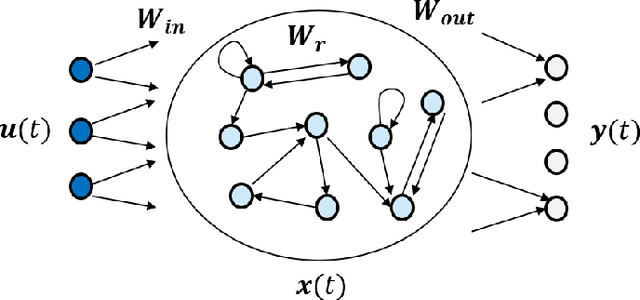
Abstract:This paper discusses the perspective of the H2020 TEACHING project on the next generation of autonomous applications running in a distributed and highly heterogeneous environment comprising both virtual and physical resources spanning the edge-cloud continuum. TEACHING puts forward a human-centred vision leveraging the physiological, emotional, and cognitive state of the users as a driver for the adaptation and optimization of the autonomous applications. It does so by building a distributed, embedded and federated learning system complemented by methods and tools to enforce its dependability, security and privacy preservation. The paper discusses the main concepts of the TEACHING approach and singles out the main AI-related research challenges associated with it. Further, we provide a discussion of the design choices for the TEACHING system to tackle the aforementioned challenges
 Add to Chrome
Add to Chrome Add to Firefox
Add to Firefox Add to Edge
Add to Edge